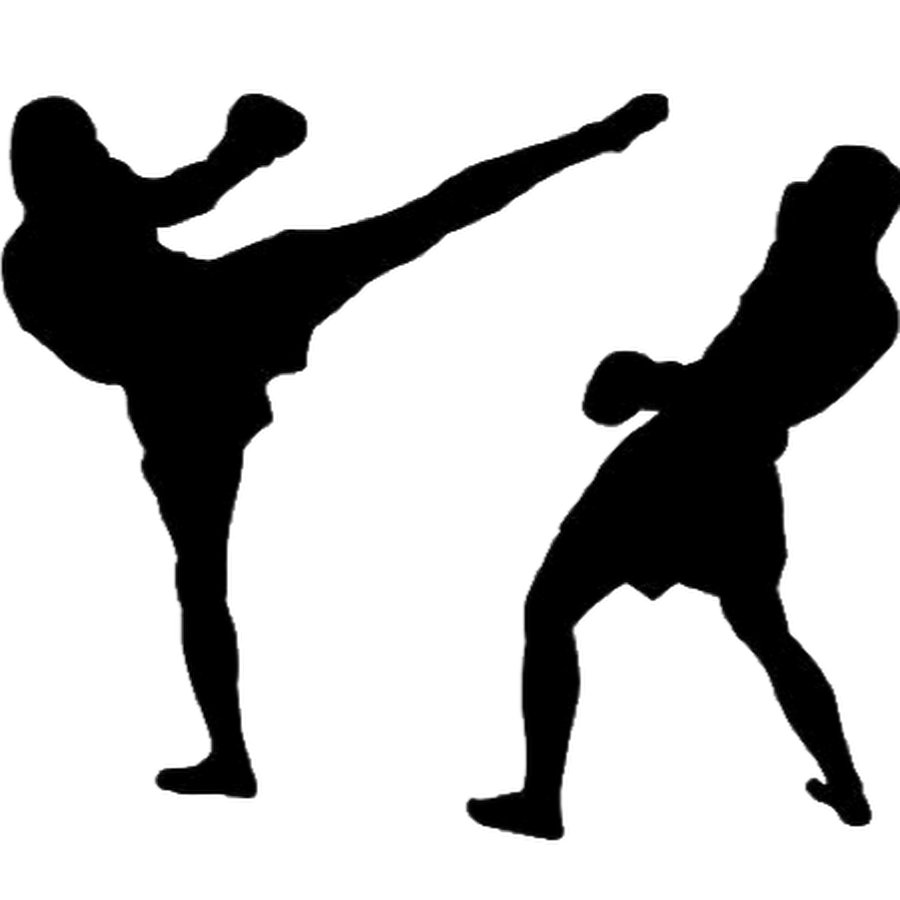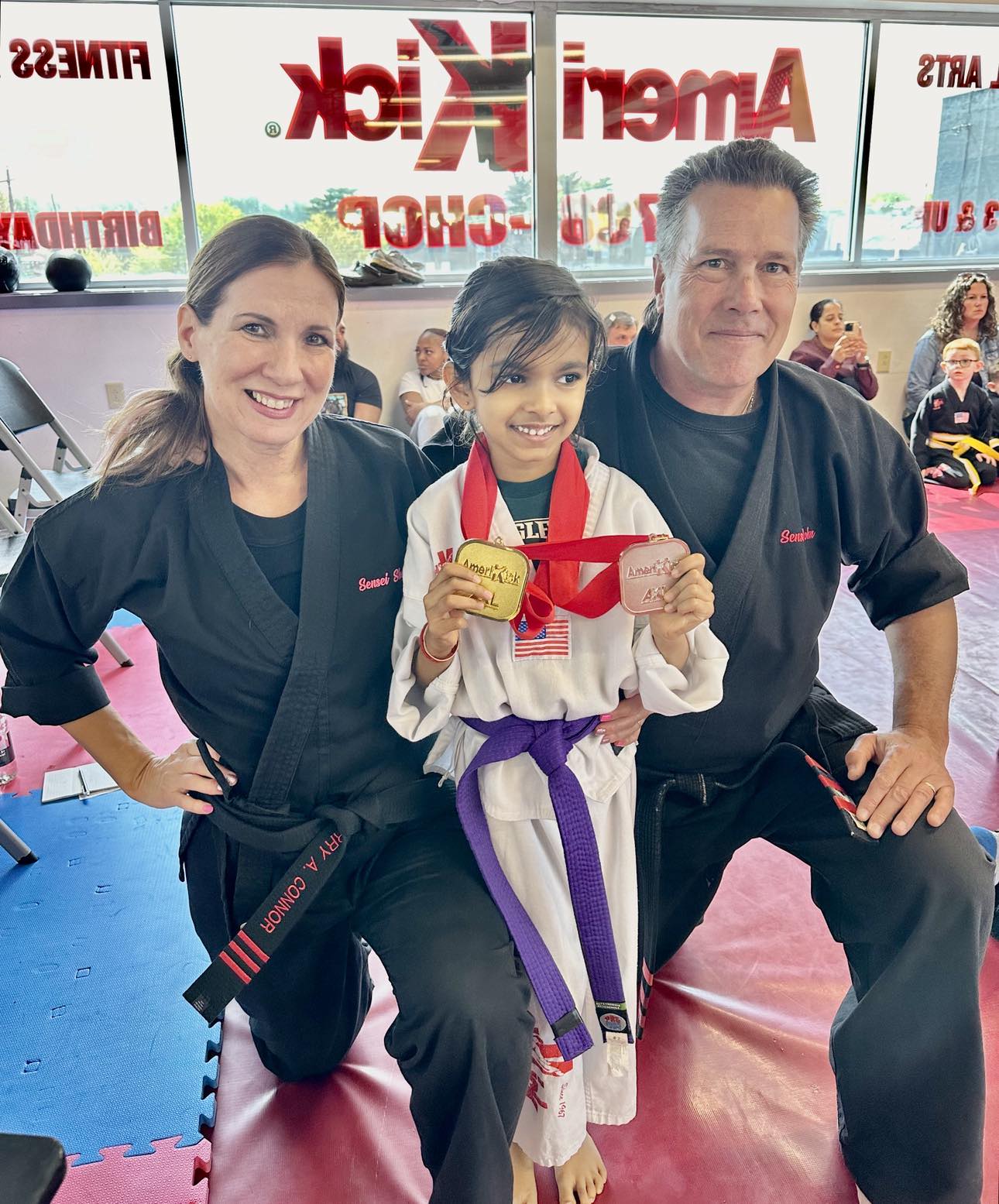

Karate does more than teach kids how to kick and punch. It gives them tools to handle challenges, set goals, and believe in themselves. Many parents see real changes in their children’s self-esteem and social skills after they start karate.
This guide breaks down how karate classes help kids develop healthy confidence, stronger character, and lasting emotional strength. Each step of the way is backed by proven methods and real-world results, giving parents solid options for supporting their child’s well-being.
The heart of every karate class is built on more than just physical skills. Honesty, respect, discipline, perseverance, and integrity shape each session, creating a strong base for lasting confidence and character. Kids don’t just learn how to block or strike, they practice essential life lessons that stick with them far outside the dojo. Let’s look at how these values are put into action and why they’re so important for building real self-esteem in young students.

Discipline in karate starts with clear routines and a sense of structure. From the moment kids bow at the dojo entrance to every drill and form, self-control is always encouraged. These routines help kids:
Karate students quickly see that progress only happens with steady practice and consistency. This quiet, daily discipline builds habits kids can use in school or any group activity. By sticking to these routines, students learn to control their impulses, handle frustration, and encourage thoughtful action—even when no one is watching. When a child realizes they can wait, listen, and act with care, their self-confidence grows with every class.
Respect is woven into every interaction on the training floor. Whether bowing to an instructor or practicing with a peer, children are taught that every person deserves kindness and consideration. Karate encourages:
Empathy is not just a buzzword in karate, it’s practiced through careful partner work and clear communication. Kids learn to sense how others feel, react with understanding, and work as part of a team. Moments of praise for showing respect or helping others reinforce the idea that strength isn’t just physical—it’s also about treating people right.
Perseverance is the glue that keeps students moving forward, even when things get tough. Karate classes break down big goals into small, achievable steps so progress is always visible. When a new move feels impossible or a test is coming up, kids are encouraged to:
Each time a child sticks with practice—learning that a black belt only happens with hundreds of little wins—their sense of “I can do this!” deepens. They begin to see setbacks as normal, not scary, and learn the real payoff is getting a little bit better each day. This mindset sets the stage for self-confidence that lasts, both inside and outside the dojo.
These core values do more than fill a list on a wall—they’re brought to life in every karate session, shaping young students into confident, kind, and resilient kids.
Karate’s structured belt system is more than just a way to mark progress, it’s a well-designed plan for building a child’s sense of achievement and self-belief. Each new stripe or belt color isn’t just a reward—it’s a true marker of effort, skill, and growth. Kids start out with simple goals, like learning a new move or earning their next stripe, and work up to bigger dreams like changing belt colors. This clear visual path keeps kids motivated and gives parents and instructors plenty of moments to celebrate each step forward.

Nothing beats the feeling of a “small win” when you’re a kid. In karate, those moments add up. Each time a child masters a basic form, earns a stripe, or hears praise from a teacher, that little victory sticks with them. The belt system breaks down big, intimidating goals into bite-sized milestones. Kids learn:
Over time, these repeated successes—no matter how small—train kids to expect improvement with effort. This feeling carries over to areas outside karate, like schoolwork and friendships. Real confidence grows when children look back and see a line of achievements, knowing each one was earned.
Karate is famous for setting ambitious long-term goals, like earning a black belt. That’s not something you reach in a month, or even a year. For many kids, it takes years of showing up, sticking with it, and learning from their mistakes. This long journey is where the real magic happens.
This approach naturally builds a growth mindset. Instead of thinking “I can’t do this,” kids start saying “I can’t do this yet.” They get comfortable with challenge, develop grit, and see that their abilities will grow with practice. The structured belt system gives them proof that growth is possible, step by step, coloring their approach to every challenge they face in and out of the dojo.
Karate dojos are more than practice spaces—they are real communities built on respect, encouragement, and shared goals. In this environment, kids quickly learn that confidence doesn’t just come from mastering techniques. It grows when kids connect, support, and grow alongside their peers. Parents often notice that children become friendlier, more outgoing, and even better at handling social situations after just a few months in class. This community culture is one of karate’s greatest strengths.

Karate classes actively foster friendships. Kids work in pairs or small groups for drills and challenges, learning to trust and support each other. Winning or earning a new belt often feels sweeter when celebrated together. Instructors teach that each student plays a role in the group’s success; no one is left behind.
Here’s what this looks like in practice:
Many parents share stories of shy kids making new friends in the dojo quickly. Kids typically report feeling a sense of belonging they may not have found in other activities. With everyone wearing the same uniform and respecting each other, differences outside the dojo fade away. It’s a powerful recipe for lasting, healthy peer relationships.
Karate is built on clear and respectful communication. Whether calling out moves, asking questions, or encouraging teammates, kids must learn to speak and listen well. Each session gives students the chance to practice:
Leadership grows naturally as kids gain experience. Instructors regularly assign roles like line leader, partner captain, or demonstration helper. These responsibilities instill confidence and make kids feel trusted and respected.
A fourth-grade parent recently described her son running warmups for his class, proudly showing leadership he never displayed before. These small moments add up. Students learn how to explain directions, motivate others, and set a good example. Even if they’re quiet by nature, they usually find their voices in karate, gaining social skills that stand out at school, on the playground, or anywhere they interact with others.
The communication and leadership kids develop here don’t just stay in the dojo—they come home, go to school, and follow kids wherever life takes them.
Kids training in karate don’t just learn to move their bodies, they learn to trust themselves in unexpected ways. Practical self-defense teaches valuable skills that go far beyond blocking or hitting. When children know how to protect themselves, it changes the way they walk, talk, and handle all kinds of situations. It’s about more than safety; it’s about helping kids feel secure, bold, and ready to speak up—on the playground, online, and beyond.

Karate’s approach to self-defense builds true self-belief, not just in high-stakes moments but every day. Children discover that they have the tools to look after themselves, which naturally boosts their confidence.
What does this look like in action?
Mastering these skills helps children walk taller and speak with more authority. They realize they’re not helpless, which can lift worries and spark boldness in daily life. Knowing what to do makes challenges—big or small—feel less scary.
Self-defense gives kids a sense of control and ownership over their safety. Instead of feeling uncertain, they gain practical steps to protect themselves. This sense of agency builds into every part of their lives, from school work to making new friends.
A strong sense of safety is key to easing childhood anxiety. Self-defense doesn’t make kids aggressive—it gives them steady nerves and a better handle on dealing with stress and conflict. When bullying is a concern, being trained in karate can change the whole script.
Here’s how practical self-defense addresses bullying and anxiety:
Many programs encourage “target denial”—teaching kids to walk away with purpose, use strong eye contact, or get attention from bystanders. These simple actions often defuse bullying on the spot. The goal is always prevention and self-respect, not fighting.
Parents and kids say the effects reach far beyond the dojo. Children sleep better, interact more confidently, and shake off insults that once ruined their day. Real self-defense skills root out fear and plant trust in their own ability to handle what comes next.
In practical terms, self-defense is a safety net for kids’ spirits. It shows them that they can navigate challenges with courage and kindness, wherever they go.
Karate classes are more than just a fitness activity for kids. Backed by research and countless personal stories, karate helps build stronger bodies, sharper minds, and higher confidence. Let’s explore what the latest science says, then add the real voices of parents and students who witness these changes every day.

Multiple scientific studies confirm karate’s influence on a child’s development:
Key findings from recent studies:
A summary of what studies agree on:
While research gives us the big picture, parent and student testimonials bring karate’s benefits to life.
Some programs highlight these transformations for all types of learners, saying:
Parents consistently report children showing greater respect, better problem-solving skills, and less fear in new social situations. While every child is different, most benefit from the structure, encouragement, and recognition karate provides.
Karate’s confidence-building power is both proven in the lab and lived in the day-to-day lives of families. The combined support of strong research and so many personal stories shines a light on why karate remains so popular for building up children—inside and out.
Choosing karate isn’t just about learning a new skill—it’s an investment in your child’s growth that lasts. Kids gain many wins, from stronger self-belief and focus to better friendships and real skills they take everywhere. The structure of karate, with its clear goals and caring instructors, sets kids up for lasting confidence, not just quick fixes.
For parents looking to build a foundation of courage and character, a good karate class can make all the difference. Seek out programs that value positive teaching and community. If you’re ready to help your child thrive in and out of the dojo, explore local options or talk to instructors who welcome questions. Thanks for reading—share your own stories, and keep supporting confidence that grows with every step!